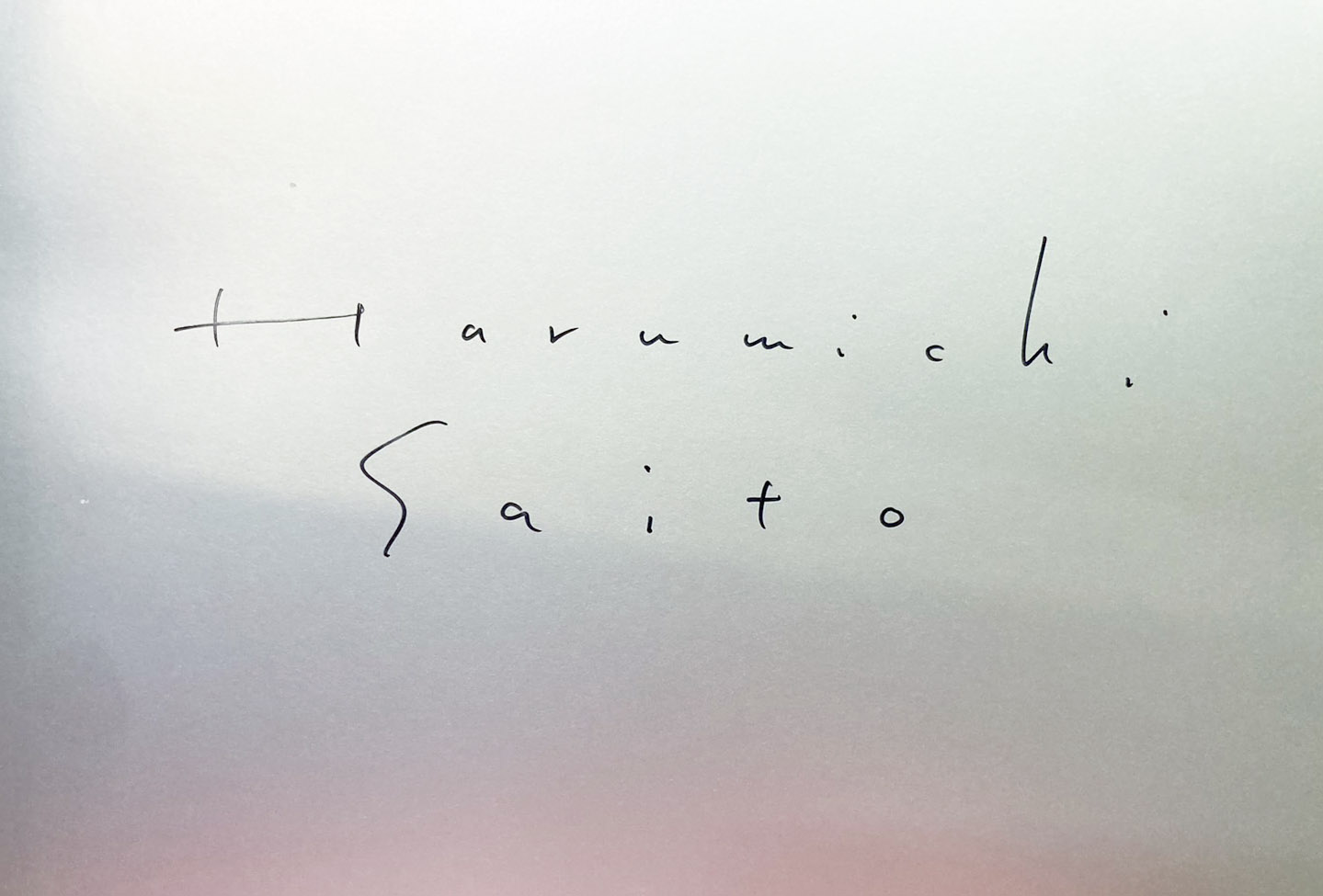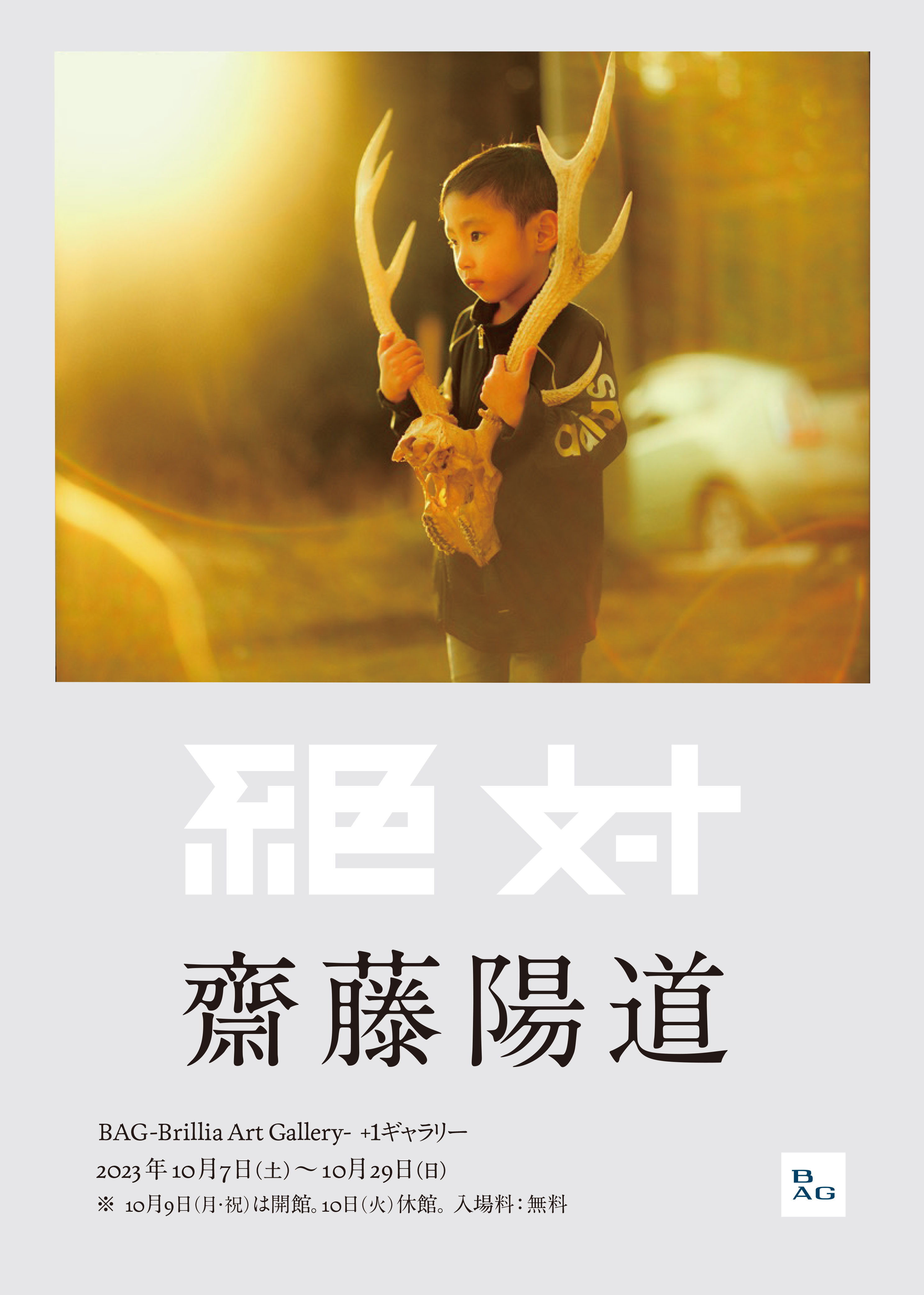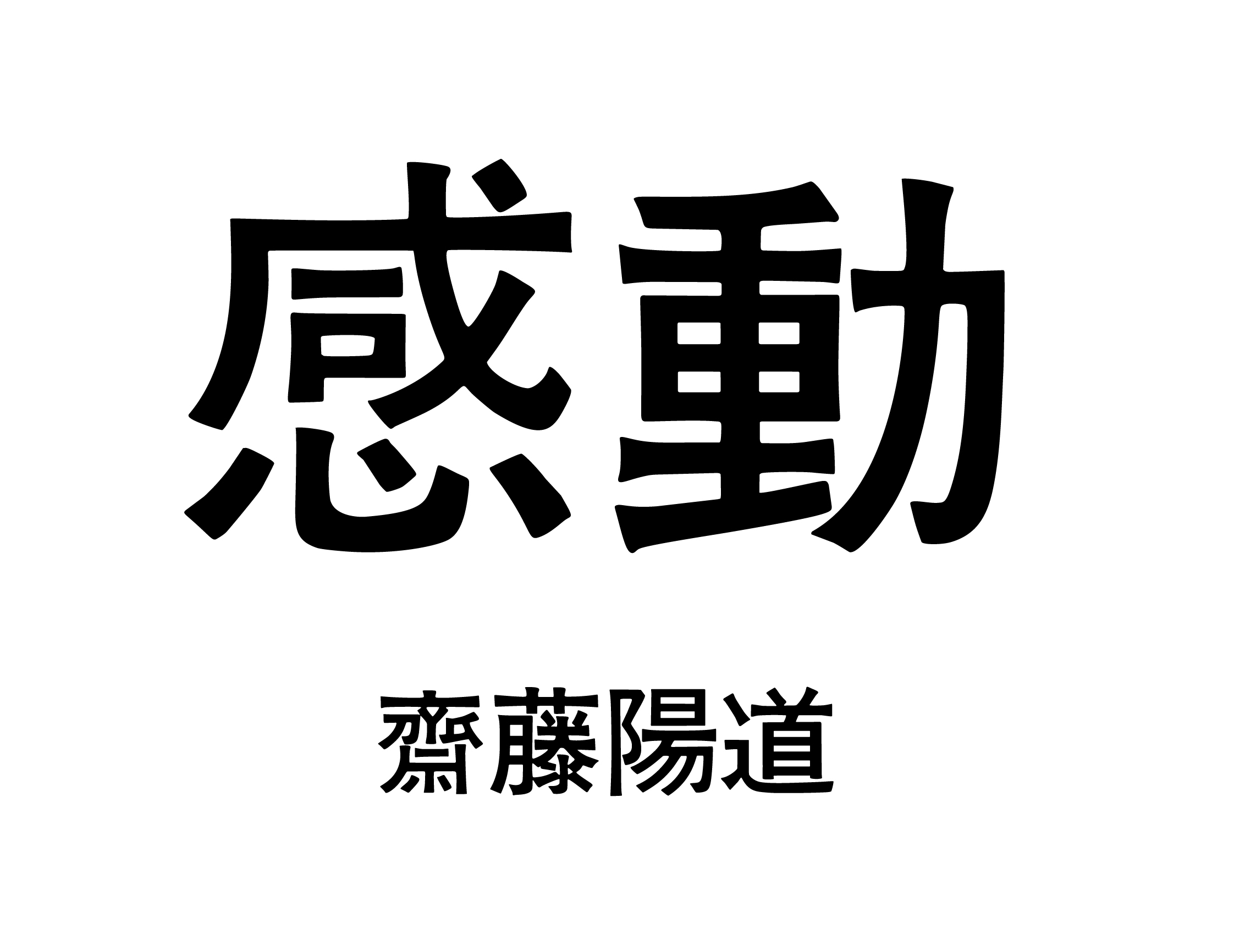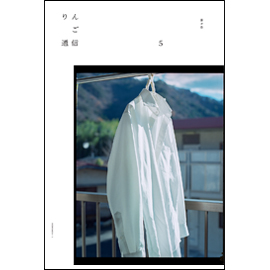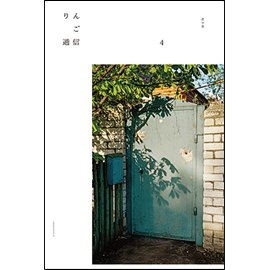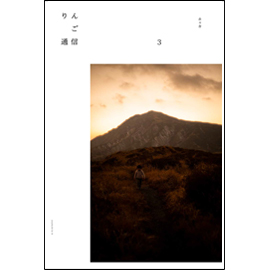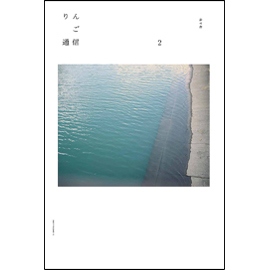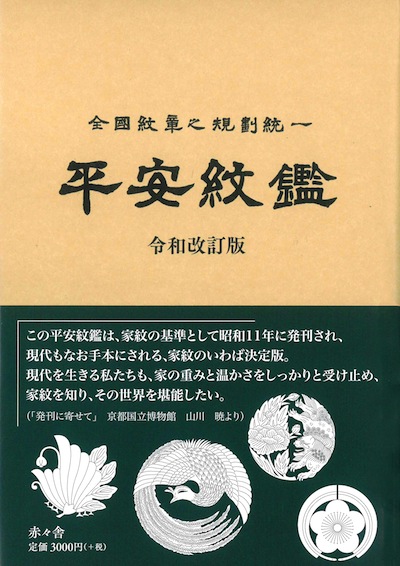
平安紋鑑 令和改訂版
京都紋章工芸協同組合
一般財団法人 京染会
発行:赤々舎 サイズ:216 mm × 157 mm × 25 mm ページ数:258 pages 上製本
Published in January 2020 ISBN: 978-4-86541-107-2
|
¥ 3,000 +tax
国内送料 無料!
|
About Book
最も繊麗にして由緒ある家紋の決定版。
令和改訂版発刊に寄せて
博物館の収蔵庫や展示室で、上半身に堂々と家紋が据えられたキモノを手にする時、
キモノをまとった人の姿とともに、その人を支える「家」の存在を感じることがある。
直径3cmほどの森羅万象を意匠化した形を通して、威厳とともに、
着用者を祝福する家族の喜びを感じるからだろうか。
家ではなく個人を尊び、儀礼が簡略化される傾向にある現代では、家紋を入れたキモノを目にする機会は多くない。
その種類は数千種にも及ぶというカ文自分の家の紋に無頓着な人もいることだろう。この平安紋鑑は、
家紋の基準として昭和11年に発刊され、現代もなお手本にされる、家紋のいわば決定版。現代を生きる私たちも、
家の重みと温かさをしつかりと受け止め、家紋を知り、その世界を堪能したい。
京都国立博物館
学芸部企画・工芸室長山川
Posted at : 2020.01.15 20:02
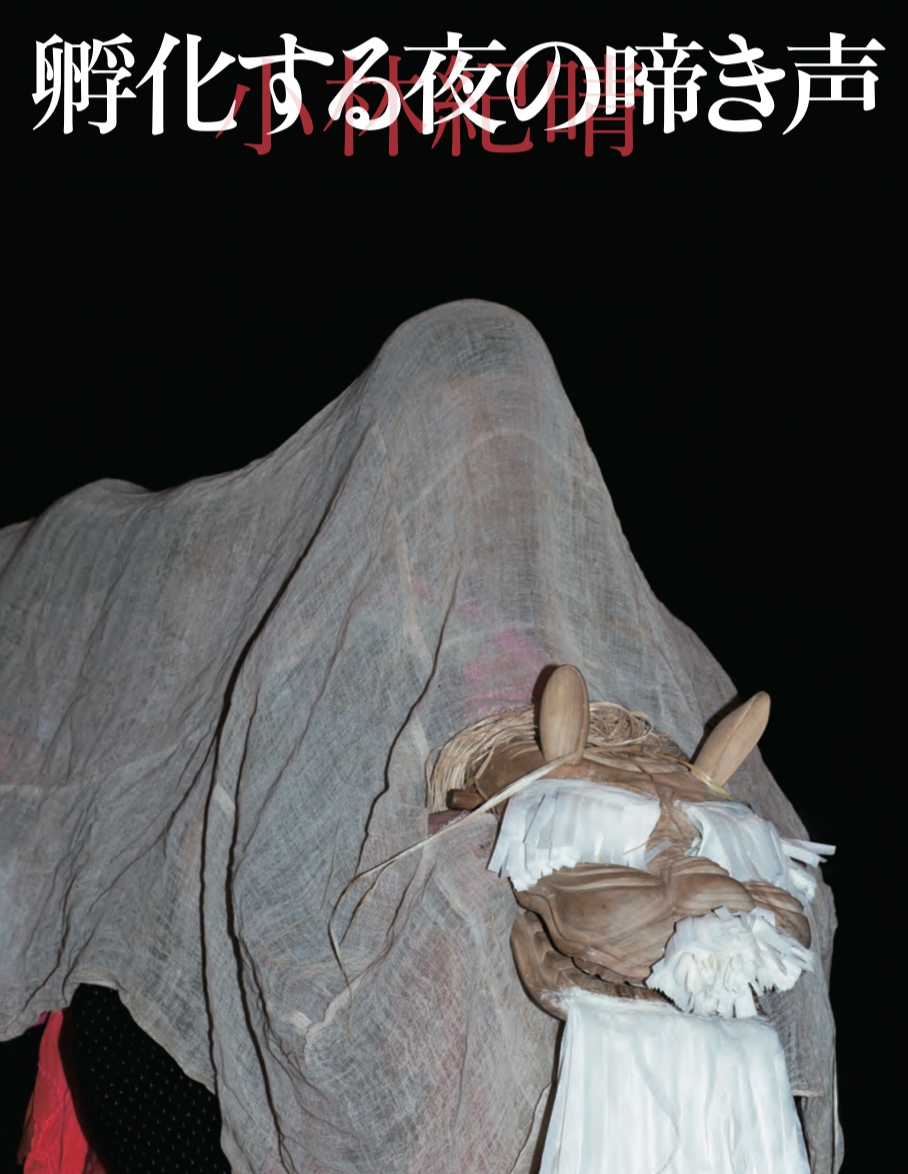
小林紀晴 『孵化する夜の啼き声』
アートディレクション:田中義久 発行:赤々舎 サイズ:A4変型 ページ数:128 pages 並製本
Published in December 2019. ISBN: 978-4-86541-109-6
|
¥ 3,300 +tax
送料、代引き手数料 無料!
|
About Book
闇の中での日本の祭事。変容する空間から生まれ出づるもの。
小林紀晴が日本各地の祭事、祭祀を撮りつづけたシリーズが、遂に一書となった。第22回林忠彦賞を受賞した「遠くから来た舟」の流れを汲み、比較的知られた祭から地元に秘められた奇祭まで、40ほどの祭の光景を収める。闇を深く背負い、人ならざるものとして立ち現れる姿に、祭と現実との交錯を見、感覚の奥へと遡るような衝迫を捉える。さらに目を惹くのは、岩場に見え隠れする身体や、夜の浜辺の裸体、出番を待っているのか、静かに佇む扮装の影。意識と無意識、俗と聖との境界に立つ姿を等身大で写し出した。本書には、幾つものトンネルや、疾走する車中からの光景が現れる。それは全体を通して、空間を移動する眼差しを感じさせるとともに、日常をくぐり抜け、奥へ奥へといざなわれる異界への通路とも見える。フラッシュバックするバスの後ろ姿。写真そのものもまた、個の意識を超えていこうとする瞬間に貫かれている。
ここ6年ほどのあいだに日本全国に40ほどの祭事、祭祀などを巡った。
古くから伝承されているそれらの多くは闇のなかで行われることが多く、夜通し行われるものも珍しくない。その場に身を置いていると必ず不思議な感覚に襲われていく。目の前の人や風景、光景が裏返ってゆくのだ。現世と異界が激しく反転を繰り返す。時間と空間がねじれ、裏返ってゆくかのようだ。1000年前の隣にいまが、あるいは100年後の未来の隣に100年前の光景が接している。やがて参加している人たちがマレビトへと姿をかえる瞬間、闇に亀裂が生じ、私たちは異界へと吸い込まれる。そして、ぷっくりと生まれ出でたものを目撃する。
小林紀晴
制度の創設と、さらに言えばその撤廃の瞬間に、人間は一瞬、自由な存在となる。
祭とは、いつ誰が始めたかわからない制度だ。それはいまに至るまで継承されているにせよ----むろん、まるで別物に変質しているかもしれないが----、大した理由もなく消滅するかもしれない。祭は、というか制度一般は、それを遂行するたびにそのさなかに、ただ一回の創設と撤廃の気配をつねに漲らせている。ある制度が始まる。ある制度が終わる。そこに自由がある。そこに個としての人間が立っている。写真の瞬間性が、それを捉えようとするのである。
収録テキスト 千葉雅也「僕は祭が嫌いだったーー制度について」より
Artist Information
小林 紀晴(Kisei Kobayashi)
1968年長野県生まれ。1988年東京工芸大学短期大学部写真技術科卒業。
新聞社にカメラマンとして入社後、1991年に独立。アジアを多く旅し作品を制作。2000-2002年渡米(N.Y.)。近年は自らの故郷・諏訪地域でも作品制作を行っている。
著書に『ASIAN JAPANESE』『days new york』『kemonomichi』『Silence of India』『ニッポンの奇祭』『見知らぬ記憶』『写真で愉しむ 東京「水流」地形散歩』など多数。
1997年『DAYS ASIA』で日本写真協会新人賞、2013年『遠くから来た舟』で第22回林忠彦賞を受賞。
Posted at : 2019.12.20 23:57
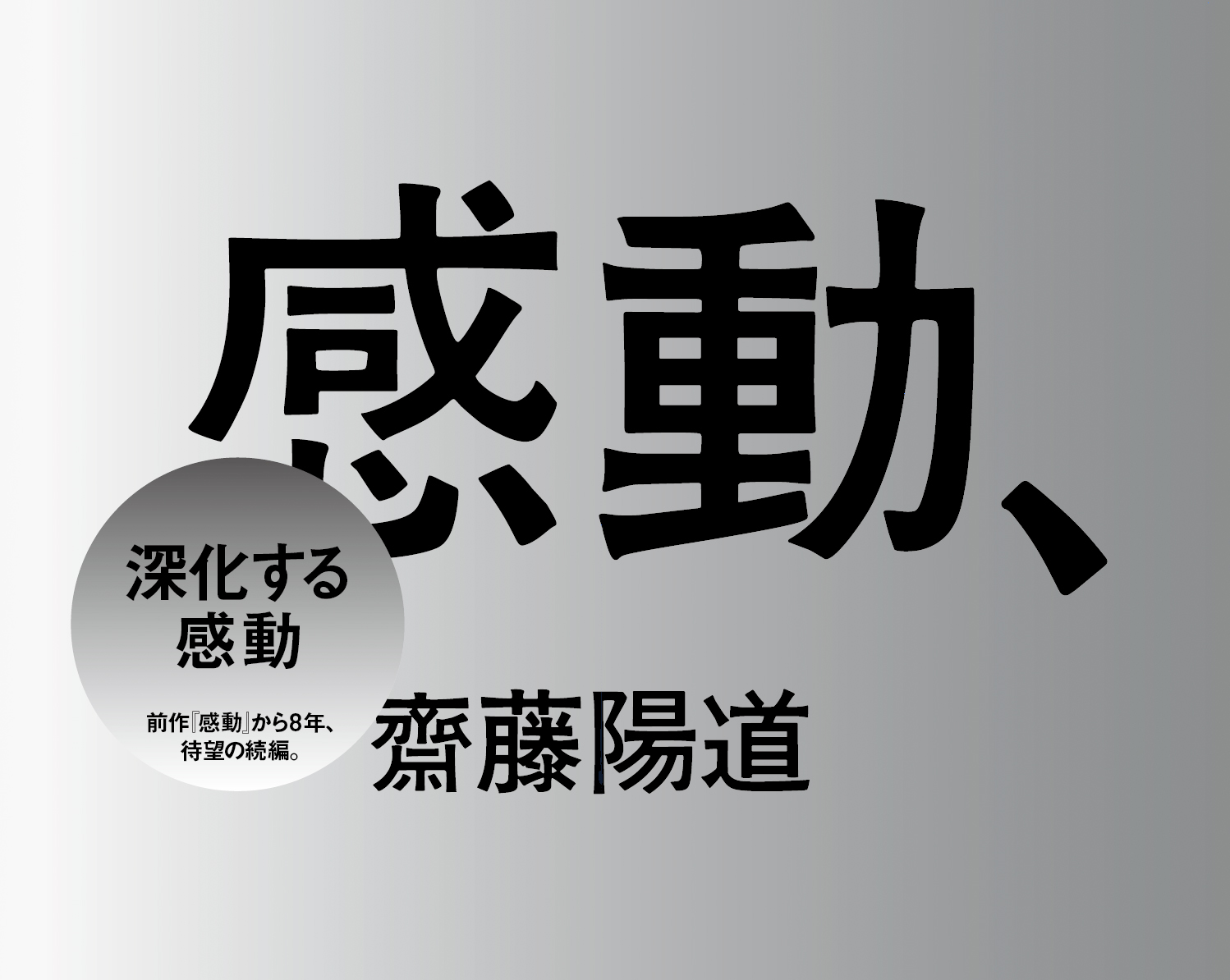
齋藤陽道『感動、』
Book Design:寄藤文平
発行:赤々舎
Size: H220mm × W285mm
Page:140 pages (121 images)
Binding:Hardcover
Published in December 2019
ISBN:978-4-86541-104-1
|
¥ 4,000+tax
国内送料無料!
お支払い方法は、PayPal、PayPay、Paidy
銀行振込、郵便振替、クレジットカード支払いよりお選び頂けます。
|
About Book
重版出来!前作『感動』からの歳月を経て、待望の続編となる一冊。 深化する感動
前作『感動』(2011年)の、待望の続編として2019年12月に刊行された齋藤陽道の写真集『感動、』がこのたび重版となりました!
「感動」とは何か── 言葉をあてがうことを避けた豊かな沈黙の中で、わからなさと真向かいながら、写真を撮りつづけてきた齋藤陽道の写真作品121点が本写真集には収録されています。
今、ここに生きて在る、その存在どうしが交差する瞬間。未知の存在と、世界と、自分。これらを貫いて、なお繋ぎなおすことができるもの。「感動」こそが、写真として、人としてのすべての起点であり、ないがしろにはできないものであることを直感してきたのです。
「逃れえないこの身体、この国、この時代。ここから動けない。それでも進んでいく。進んでいる。どこへ。内側の奥へ。底へ。底へ。外見上では何も変わらないようでいても、その裡では、生老病死に染まりながら、諦めても諦めきれず、それでもなんでかあの果てへと深化していくものがある。」
写真集『感動、』は、時間の中を呼吸しながら、深化の力を信じ、その現象を一冊として体現しています。
水滴が石を穿つように、ひとりずつの内側にある「深化するもの」。今はもういないものたちも存在する、その軽やかな重み。見え難い、それでもなお、何ひとつ終わっていない未来を望もうとする願いが、ささやかな「、」には込められています。
『感動、』が引き続き多くの方の手に受け継がれますよう、何卒よろしくお願い致します。
Kando、
Harumichi Saito
Harumichi Saito' s long-awaited sequel, eight years after the previous work "Kando".
His photos overflow with light and clarity, as he draws a dignity and radiance out of his subjects, which are not limited just to people: he also photographs animals and landscapes. As a photographer, Saito's distinguishing feature is the way he faces his subject directly, which allows the viewer to experience the pure beauty of his photographs. As a deaf photographer,His works express a living, breathing world beyond all classifications or boundaries.
"Kando," (Japanese for "deeply moving" ) collects moments from life both extraordinary and everyday,
taken with an appreciation for momentary beauty and the remarkable talent to let each single image breathe and tell its own little story. Saito photographs waterdrops on flower petals with as much devotion as he captures a newborn staring at glistening sunbeams.
The moment when the beings that live here are crossing each other. The unknown existence, the world, and myself. It is the masterpiece photobook "Kando、" which things that can penetrate them and be reconnected.
Special gifts for the first customers
重版を記念し、小社HPより重版分をご購入の先着100名さまに、サイン本をお届け致します。無くなり次第終了とさせて頂きます。
Signed copie will be given away as a Special gifts for the first customers.The offer will end while supplies last.
Related Exhibiton
齋藤陽道 個展「絶対」
会期:2023年10月7日(土)〜10月29日(日) 時間:11:00〜19:00 会場:BAG-Brillia Art Gallery-「+1」(東京都中央区京橋3-6-18 東京建物京橋ビル1F) 休館:月曜日 ※10月9日(月・祝)は開館、翌10日(火)休館 入場無料
【イベント】 ①10月7日(土)14:00〜作家在廊サイン会
②10月15日(日)13:00〜16:00 作家オンライン在廊
(会場PCのzoomを通じて、齋藤陽道さんとご交流頂けます。) ③10月29日(日)12:00〜19:00 最終日 作家在廊サイン会
|
|
|
齋藤陽道 出展「シダレミュージアム」
会期:2023年3月18日(土)〜2024年1月8日(月・祝) 時間:10:00〜21:00(20:30 受付終了) 会場:自然体感展望台 六甲枝垂れ (六甲ガーデンテラス内) 入場:大人(中学生以上) 1,000円 / 小人(4歳〜小学生)500円/※3歳以下のお子様は無料
※会期中無休、ただし、2024年1月1日は休業 ※11月24日(金)〜2024年1月8日(月・祝)は、以下のとおり短縮営業
平日:10:00〜18:00 (17:30 最終受付)
土日祝:10:00〜20:00(19:30 最終受付)
【出展アーティスト】 大垣ガク、大村雪乃、木村友美、Saigetsu、齋藤陽道、佐川好弘、杉山兄弟、Hirotaka Shirotsubaki、 伏見雅之、ミズグチグッチ、ヨコヤシマムラ
| |
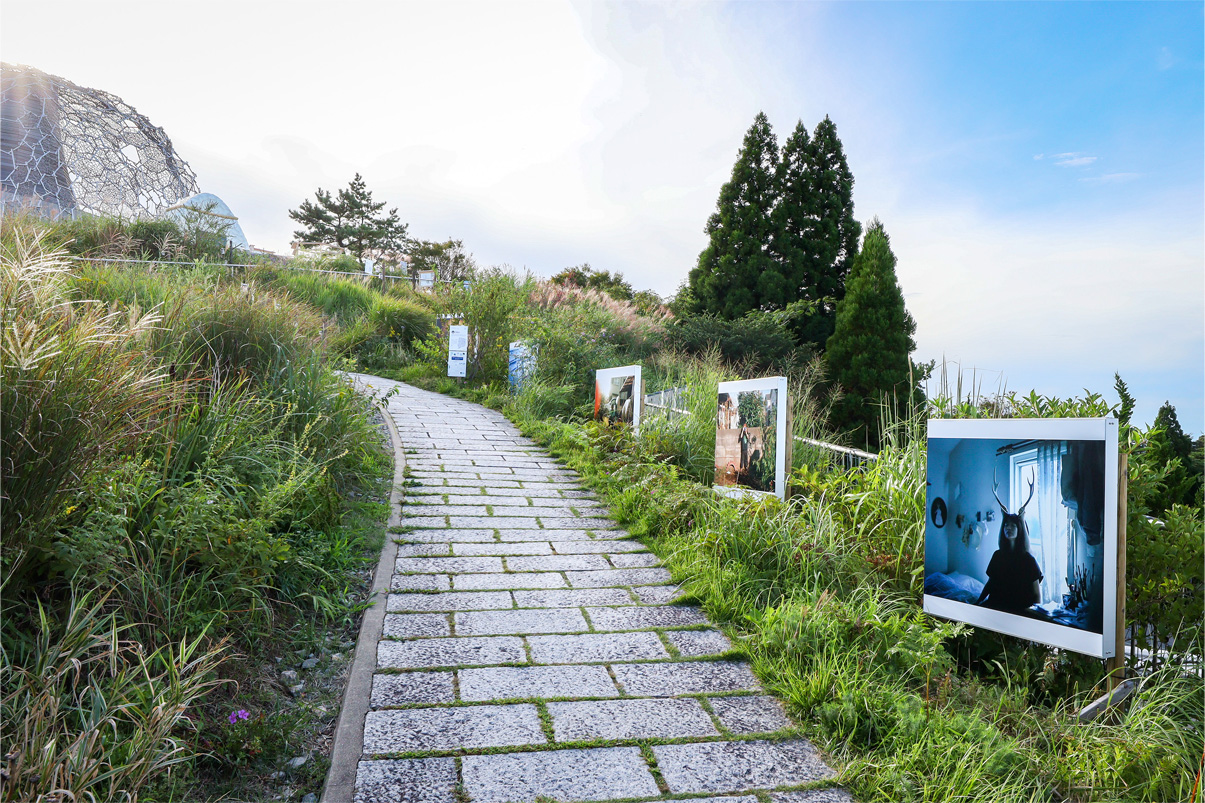 ©SHIDARE MUSEUM ©SHIDARE MUSEUM
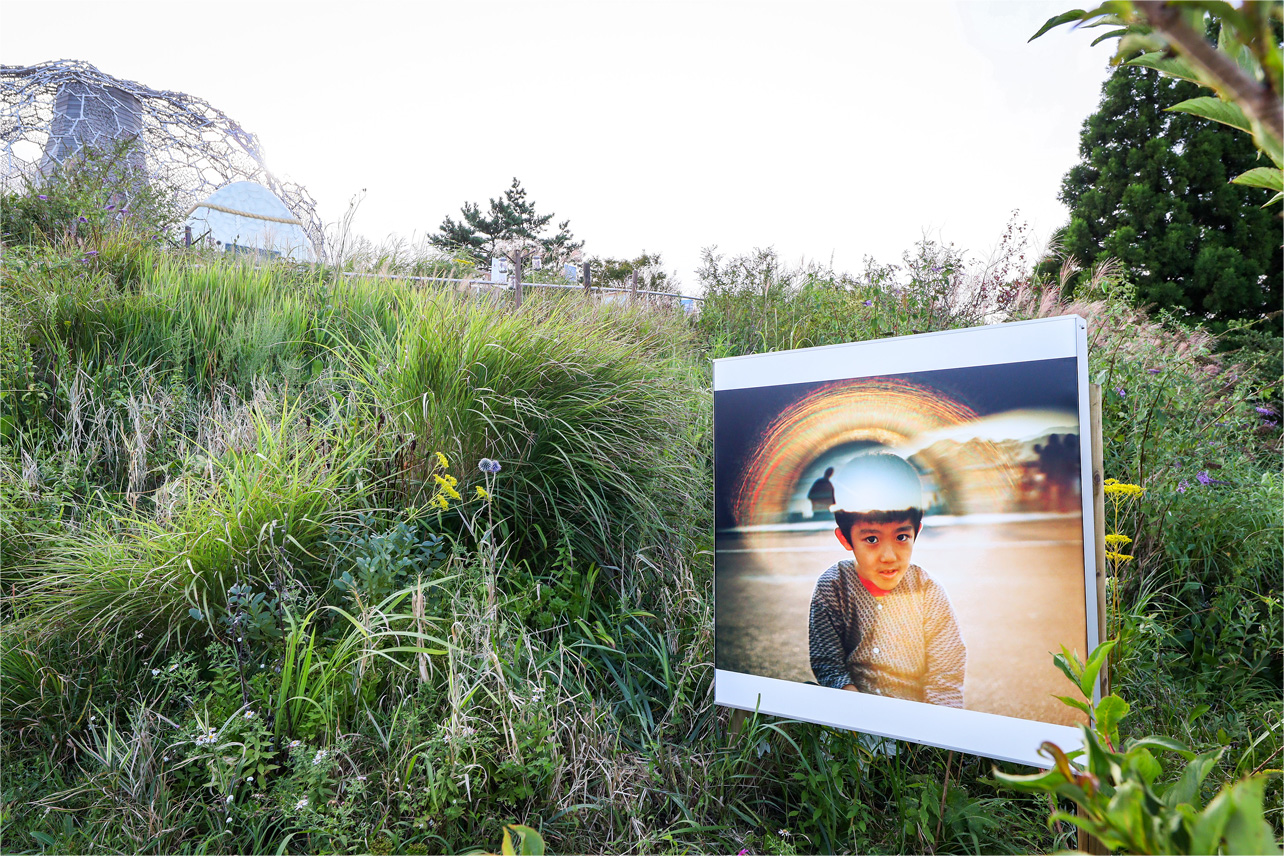 ©SHIDARE MUSEUM
©SHIDARE MUSEUM |
Artist Information
齋藤陽道 (Harumichi Saito)
1983年、東京都生まれ。2020年から熊本県在住。東京都立石神井ろう学校卒業。2010年、写真新世紀優秀賞。2014年、日本写真協会新人賞。2019年、『感動、』で木村伊兵衛写真賞最終候補。
主な著書に、『感動』『感動、』(赤々舎)、『宝箱』(ぴあ)、『写訳 春と修羅』『それでも それでも それでも』『育児まんが日記 せかいはことば』(ナナロク社)、『声めぐり』(晶文社)、『異なり記念日』(医学書院、第73回毎日出版文化賞企画部門受賞)など。
主な展示に、「宝箱」 ワタリウム美術館、東京(2013)、「5Rooms ー感覚を開く5つの個展」 神奈川県民ホールギャラリー(2016)、「REBORN ART FESTIVAL」 旧旅行代理店、宮城(2017)、「土耳古の光」 オン・サンデーズ、東京(2018)、「感動、」 東京都人権プラザ(2019)、「至近距離の宇宙 日本の新進作家 vol.16」東京都写真美術館(2019)、「絶対」 日本橋三越本店 本館6階 コンテンポラリーギャラリー(2020)、「存在。生。死。あわいの光。」 るんびにい美術館、花巻(2021)、「TOPコレクション セレンディピティ」 東京都写真美術館(2023)など。 「熊本日日新聞」、「週刊金曜日」、「暮しの手帖」、「母の友」に連載を持つ他、2020年には齋藤陽道に密着したドキュメンタリー映画「うたのはじまり」が劇場公開、Eテレ「おかあさんといっしょ」のエンディング曲「きんらきらぽん」の作詞を担当するなど、写真家、文筆家としてだけでなく、活動の幅を広げている。
Related Items
|
out of stock
|
|
(out of stock)
|
(out of stock)
|
(out of stock)
|
Posted at : 2019.12.13 16:36
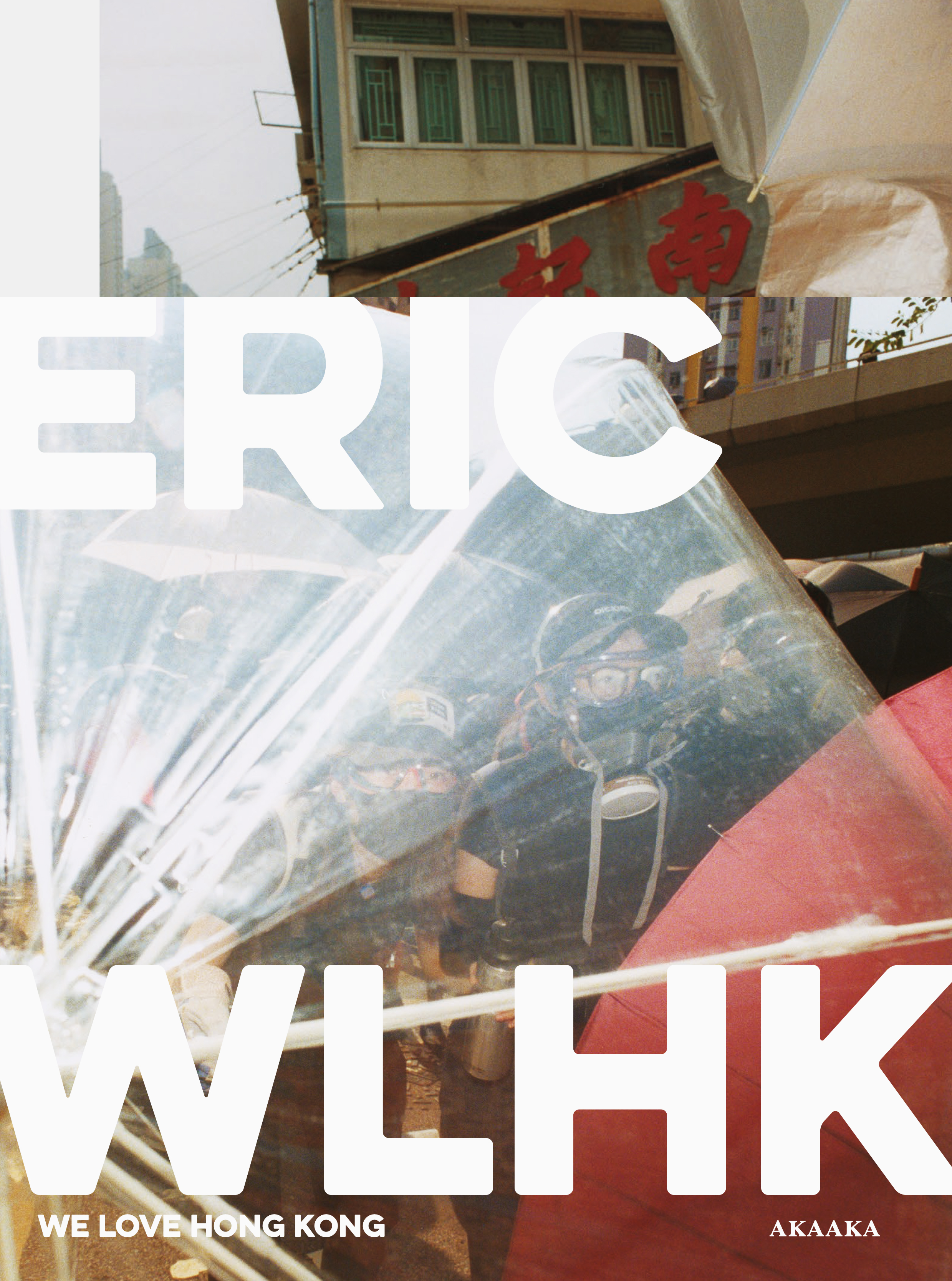
ERIC『WE LOVE HONG KONG』
アートディレクション:川名潤
発行:赤々舎 サイズ:284 mm × 210 mm ページ数:112 pages コデックス装
Published in December 2019 ISBN: 978-4-86541-110-2
|
¥ 2,800 +tax
送料、代引き手数料 無料!
|
About Book
非日常と日常の交錯を生きる。香港デモの肖像。
ERICは、2019年初夏から、香港のデモに参加する若者たちの姿を幾度となく撮影してきた。
香港はERICの生まれ故郷。以前から、そこに生きる人や街を撮りつづけ、今回の大きな転換点に出会った。
若者たちを、かつての自分の分身のように直感しつつも、レンズの向こう側にその姿を捉えてきた。
いつしかデモに参加したい衝動を抱き、彼らと共に歩きながら、その不屈の肖像をカメラに収めた。
レンズの向こうの若者たち。撮るという行為は、自ずと距離をもちながら、そこに融け合う身体も同時にあった。
揺らぐアイデンティティ。香港のアイデンティティを守るための闘いを、
香港を離れて久しく、アイデンティティが入り混じった人間として撮る。
日常と非日常が交錯し、スナップとポートレートが接続する。
香港を、今を生きる人の肖像が、この写真集に立ち上がった。
"香港が中国に返還された、1997年。僕は日本へ留学した。6人家族が暮らすには窮屈すぎる部屋。厳しい家計。なぜ僕はこの家に生まれたのか。......様々な不満が元となり、十代に入ってから始まった反抗期が長引いていた僕は、やりたいことも見つからず悶々とし た日々を過ごしていた。とにかくこの家から出たい。その漠然とした気持ちと対をなすように、当時、確かなものとしてあったのが、香港が中国に返還されるという事実だった。 無知な子どもながらに、返還後の香港が良い方向に向かうとは思い難かった。中国に返還される香港なんか見たくない。その思いに後押しされるかのように、僕は香港を離れることに決めた。その時、僕は19歳だった。日本へと旅立つ日。空港へ向かうバスの停留所まで、母が僕を見送ってくれた。そこで彼女は僕に二つのことを言った。「お金が尽きたら帰ってきなさい」。そして、「運命は自分の手の中にある」。それは、"手の平に刻まれた手相を握っているのは自分自身である。 だから人生は自分でコントロールできるんだ"という意味だ。その時の母の声は、それ以来ずっと僕の耳に鮮明に残っていて、失敗したり悩んだりした時にはその言葉が必ず頭をよぎる。(中略)
しかし彼らは気付いている。このままでは、かつて母が僕に言ったような"自分の手の中にある運命"だけではどうにもならないことを。だから人生を、命をかけて闘おうとしているのだ。身の危険を感じながらも、いろいろなことを犠牲にしてまでも、世界に向けて発信し続けようとしている。仲間が銃で撃たれようと、殴られようと、決して諦めたりはしない。その姿を近くで見ていると、カメラを置いて彼らと一緒にデモに参加したいという衝動にかられた。 そしていつの間にか、レンズの向こうの彼らの中に自然と溶け込んでいる自分がいることに気が付いた。(中略)
長い間香港に住んでいない僕は、真の意味での香港人にはもう戻ることはできないと思っている。そんな中途半端な人間が、自分の分身とも思える若者たちの中に入って写真を撮り、 催涙ガスを浴びることで、一瞬でも香港人の心を取り戻すことができた。 そう感じられる自分がいることが嬉しいし、その機会を与えてくれた彼らの存在に感謝している。 自分のアイデンティティを守るために闘い続ける彼らは、呆れるほどかっこいい。 君たちこそ、本当の香港人だ。
僕は香港で生まれたことを誇りに思う。 もし生まれ変わっても香港人でありたい。闘い続ける、彼らとともに。僕たちはどうしようもなく香港が好きなんだ。"
(あとがきより)
Posted at : 2019.12.06 16:40
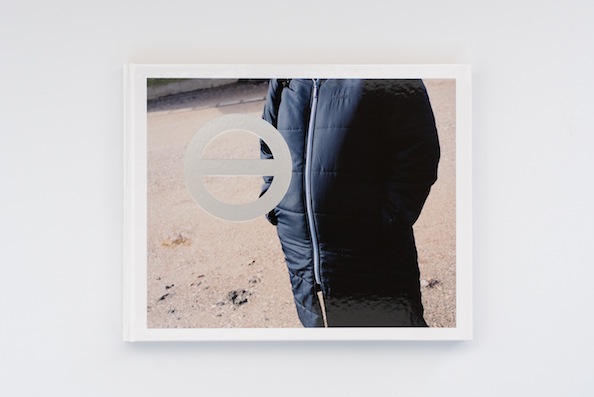
光景
川崎 祐
アートディレクション:寄藤文平+岡田和奈佳
発行:赤々舎 サイズ:223 mm × 283 mm ページ数:168 pages 上製本
Published in December 2019 ISBN: 978-4-86541-105-8
|
¥ 4,500 +tax
送料、代引き手数料 無料!
*
お支払い方法は、代金引換、銀行振込、郵便振替、 クレジットカード支払い、PayPal よりお選び頂けます。
|
About Book
抽象と記憶のあいだに── 写真に宿る痕跡感覚
この度、赤々舎では川崎祐『光景』を刊行しました。
『光景』において、川崎は、自身の家族と故郷である滋賀県長浜市の風景を撮影しています。
およそ6年の歳月をかけて撮影された『光景』において川崎は、
「家族写真」と「故郷写真」という手垢にまみれた被写体をモチーフにしながら、
それを逸脱させて、まったく新しい「家族写真」と「故郷写真」を創造することを試みています。
まず目に止まるのは独特な存在感を放つ家族の存在です。
異様なまでにクロースアップで撮影された家族の姿からは、
私たちがふつう「家族」という言葉から思い巡らせる関係性や距離感は失われています。
しかし、その過剰な「近さ」は、作者にとって自分自身の存在と不可分になってしまった
「家族」の持つ意味の大きさや不可知をまざまざと伝えます。
親密さや関係性という言葉によっては捉えようのない未知なる「家族」のイメージがここには映し出されています。
一方で、家族を写した写真の持つ「近さ」とは対照的にも見える故郷の風景。
親しさからもノスタルジーからも程遠い、いわば「郊外」的な景色は、
現代を生きる私たちの多くが束縛されている既知なる風景と言えます。
では、どこまでもありふれている「郊外」的な故郷をありのまま写すことによって
川崎が試みようとしたことは何なのでしょうか。
寄稿文「鈍さの持続に向かって」において作家の堀江敏幸は次のように書いています。
「風景は一人称を希釈しない。むしろ自分が色濃く出る。そして自分が捉えた被写体の視線が投射される。
それは一人称の眼であって、そうではない。枯れ草や雪の残ったはずれの景色、不安定な足場から見上げた木々の
こちらに、べつの目がある。 姉がいる。母がいる。では、父はその景色のなかにいるのか。
むしろ、父からはじかれたものが周囲にあり、はじかれた存在を見つめることによって、
逆にその姿が意識されるような場を用意したということなのだろう。
夫婦が並んでいる写真も家 族の集合写真もない。基本は単独で、組み合わせは姉が横に立つときだけだ。
笑みはあっても、固くこわばったものはほどけない。
若い頃は、こういう緊張感のなかで家族を演じるのがきつい。
はじかれている自分をはじいている側に立たせないと、周囲に飲まれてしまう。
『光景』に顕在化しているのは、なぜここへ戻って来たのか(犯罪者のように)、
なぜここに来ればなにかが変わるかもしれないと感じたのか(一番底まで落ちたひとのように)、
なぜそういう行動をしている自分を許容できているのか(すでにそんな状態は過ぎたとでもいうかのように)、
といったいくつもの問いであり、それらがどれも宙づりになったままあちこちに散っていく。」
どこまでも平凡な故郷の風景を、長い時間をかけて淡々と撮影すること。
むしろそうすることでしか、これまで弾かれ、
語られてこなかった人々−−女性や子どもといったマイノリティの者たち--の「痛み」は語り得ないことを川崎祐は知っていたのかもしれません。
劇的なことも、出来事も起こらない。それにもかかわらず、この写真集は、私たちが生きている「いま」の時代に起こりつづけていること、そして私たち自身の問題を鏡となって鮮やかに写し出します。
従来の「家族」と「故郷」のイメージを刷新する新しい写真集の誕生です。
Artist Information
川崎 祐(カワサキ ユウ)
1985年 滋賀県生まれ
2009年 早稲田大学 第一文学部日本文学専修 卒業
2013年 一橋大学大学院 言語社会研究科修士課程(アメリカ文学)修了
受賞歴:
2017年 第17回写真「1_WALL」グランプリ
個展:
2018年 第17回写真「1_WALL」グランプリ受賞者個展「Scenes」(ガーディアン・ガーデン/東京)
2019年 「小さな場所」(ギャラリーつつむ/滋賀)
グループ展:
2017年 第17回写真「1_WALL」展(ガーディアン・ガーデン/東京)
表示
Posted at : 2019.12.05 18:02




